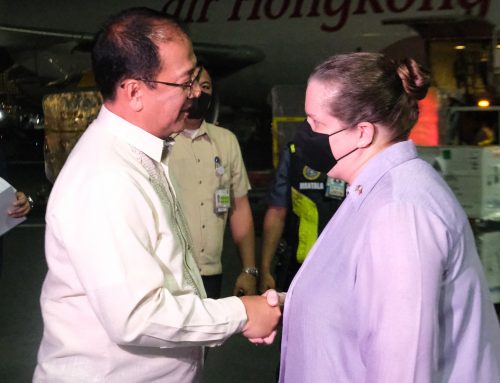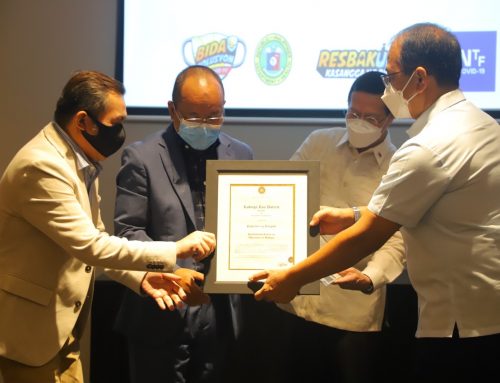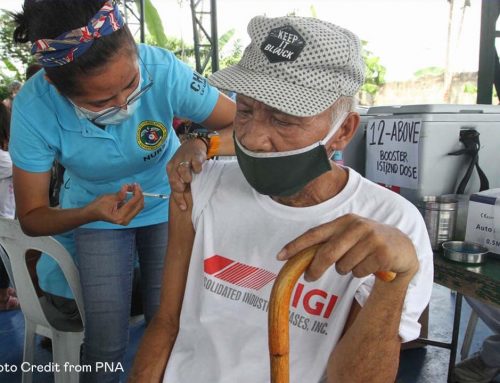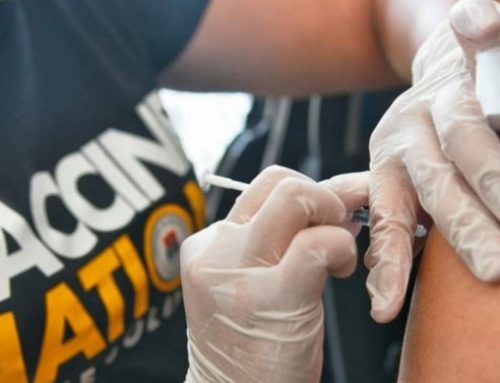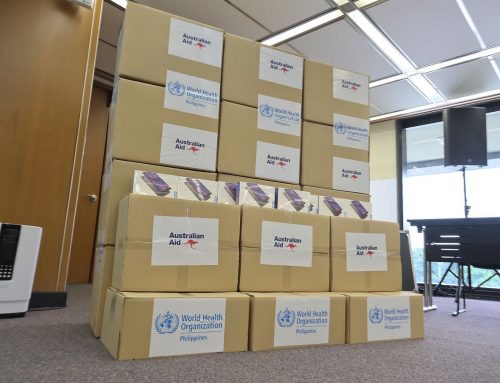PASIG CITY (04 August 2021) — National Task Force (NTF) against COVID 19 Chief Implementer and vaccine czar Secretary Carlito Galvez, Jr., on Wednesday said the imposition of the enhanced community quarantine or ECQ in the National Capital Region (NCR) on Friday is needed to ensure the country will not suffer the same fate as India and neighboring Indonesia, which saw a significant spike in COVID-19 cases mainly due to the Delta variant.
“If we will not declare ECQ sa NCR, we will be the next India or Indonesia,” Galvez said during a Committee on Health hearing at the House of Representatives on Wednesday.
“Let’s not wait for our healthcare workers to be overwhelmed and later surrender. We have to protect them. Preventing them to be overwhelmed is our primary duty,” he emphasized, adding that this intervention is needed to “disrupt” the transmission of the Delta variant in the country’s economic center and most highly-populated region.
“We must do something to disrupt the transmission. We also consulted the business sector prior to recommending the ECQ status, ang sabi nga nila, if we will not do something drastic to stop the transmission, we might not recover in the fourth quarter,” Galvez stressed.
Infectious disease expert Dr. Edsel Salvana warned that the Delta variant is 60% more transmissible than the UK variant (Alpha) and three times more contagious than the original SARS-COV-2 virus.
Salvana said that a carrier of the Delta variant can infect up to eight people at a time, adding that younger populations are also being infected by the highly-transmissible strain .
He said that the observance of minimum public health standards such as the wearing of masks and face shields, as well as getting fully vaccinated are among the most effective measures against the Delta variant.
Salvana added that stricter border controls must also be implemented to prevent the entry of more variants of concerns.
Galvez said the government will further ramp up vaccination even during the imposition of ECQ in NCR and some of the parts of the country.
As of August 3, the country has already reached its target to administer more than 700, 000 doses a day.
Data from the National Vaccine Operations Center (NVOC) showed the country was able to administer 702,013, the highest so far in a single day since the vaccination program started last March. Of this figure, 233,065 doses were administered as the first dose, while 468,948 doses were administered as second dose.
This brings the total doses administered in the country to 21,912,142, of which 12,073,569 as first dose, while fully vaccinated individuals are 9,838,573.
Galvez said the government will continue to implement the “focus and expand” strategy in its deployment of COVID-19 vaccines, as the country’s vaccine supply remains insufficient for them to be distributed equally among local government units nationwide, Galvez said.
According to Galvez, while vaccine supplies from different manufacturers and sources continue to arrive in bulk, the country’s vaccine inventory is still not enough to inoculate the target population of 70.8 million Filipinos.
“In order to meet the monthly demand and increase the capacities of all regions, provinces, and districts, the Philippines needs at least 25 million doses monthly,” said Galvez.
In July, the country received 16.4 million doses of COVID-19 vaccines, the biggest shipment made in a single month since the start of the vaccine rollout in March.
Galvez said the prioritization of areas as well as the implementation of a phased vaccination program is necessary to ensure the immediate protection of the nation’s highly vulnerable sectors, particularly the A1 (healthcare workers), A2 (senior citizens), and A3 (persons with comorbidities) groups.
“We conducted a risk assessment for our vaccine allocation. Our focus on deployment are areas in the NCR+10 and those with confirmed cases of the Delta variant,” he said.
Galvez acknowledged that the government faces challenges in the vaccination of the A2 group, particularly those in geographically isolated and disadvantaged areas (GIDAs).
“This is the reason why we allocated the one-shot Johnson & Johnson vaccines to these areas to increase the vaccination output and thankfully we are seeing progress,” he said.
The vaccine czar explained that under the phased vaccination program, the NTF will determine the vaccine allocation per region or province based on the masterlints of eligible population submitted by a local government unit; the health, economic, social, and security risk of a locality; the population density of an area; the capacity of an LGU to receive and administer the vaccines; and the availability of vaccine supplies in the national inventory.
Galvez said that the NTF and the NVOC will also give provinces the flexibility to determine the allocation for their respective cities and municipalities through their Regional Vaccination Operations Center.
“The allocation lists are being deliberated by NVOC and these are submitted to me and Secretary Vince [Dizon] for evaluation to ensure that the distribution will be based on the masterlist of priority sectors A1 to A3 since kulang na kulang pa ang supply,” he said.
“Our focus now is to ensure that we will have more vaccines this month and in the months ahead,” he said, pointing out the country’s growing capacity to administer nearly 700,000 doses daily.
“In terms of efficiency in vaccination, kayang-kaya na natin but it’s really the supply limitations that hampers our ability to really provide sufficient protection,” noted Inter-Agency Task Force Chair and Health Secretary Francisco Duque III. END



